What to visit?
WHAT TO VISIT
Streets and Squares
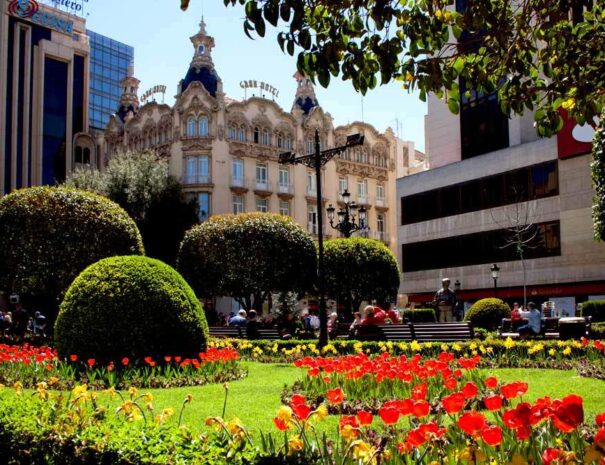
Plaza del Altozano
Located in the very heart of Albacete, this square is surrounded by beautifully maintained gardens and features the statue of the cuchillero (cutler). It’s the perfect starting point for your visit — and a great place to take your first photos. Beneath the fountain lies the Centro de Interpretación para la Paz, housed in a restored Civil War air-raid shelter dating from 1937.
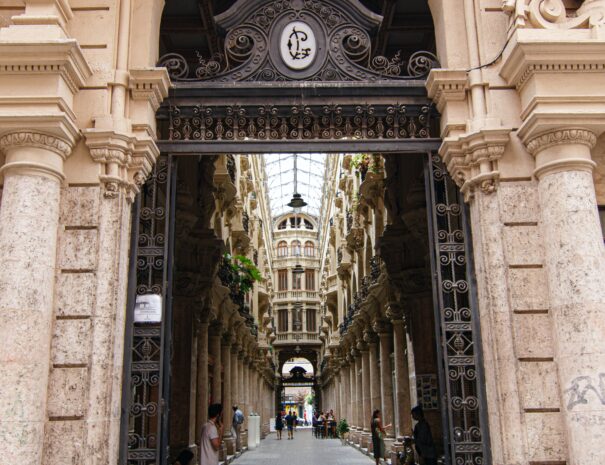
Pasaje de Lodares
This early 20th-century modernista commercial and residential gallery is one of Albacete’s architectural gems. It connects Calle Tinte and Calle Mayor, and is one of only three galleries of its kind in Spain, alongside the Pasaje Gutiérrez in Valladolid and the Pasaje del Ciclón in Zaragoza.
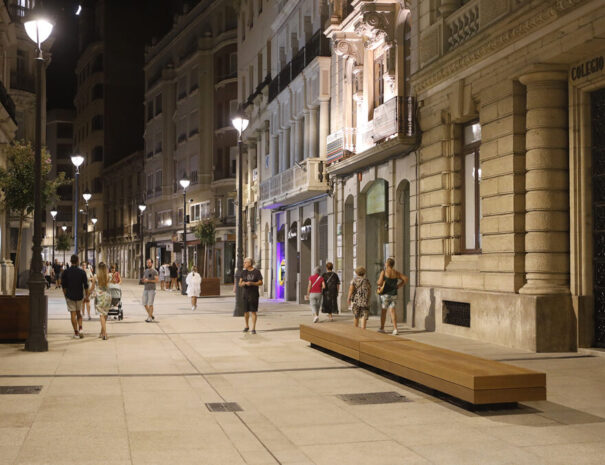
Calle Rosario & Calle Ancha
The streets Marqués de Molíns, Tesifonte Gallego, Rosario, Concepción, Mayor, Tinte and Caba form the city’s main shopping and pedestrian areas. Here, visitors can shop, enjoy tapas, and relax on outdoor terraces.
Museums
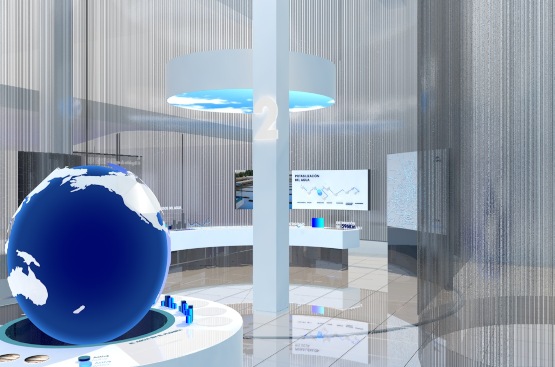
Museo del Agua (CiAb)
Located in Parque de la Fiesta del Árbol, this museum explores the significance of water in the region through an interactive experience. The visit includes the museum, the control center, a water lab, and the Depósito de Agua, Spain’s tallest water tower (70 m), offering panoramic views.
Advance booking required.
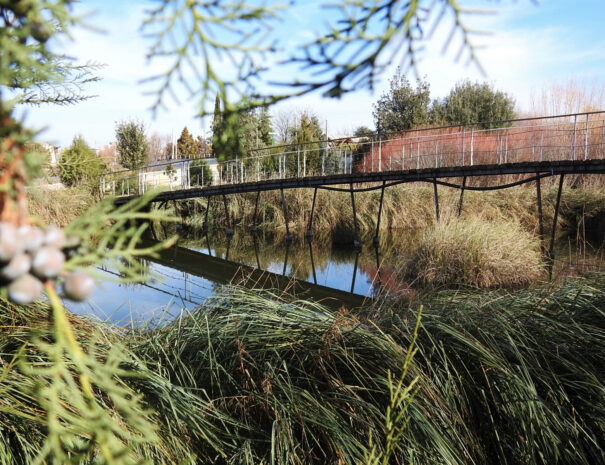
Jardín Botánico de Castilla-La Mancha
Spanning 7 hectares near the university campus, this botanical garden hosts over 800 plant species across themed areas, including Mediterranean forest, desert zones, and medicinal gardens — perfect for nature lovers.
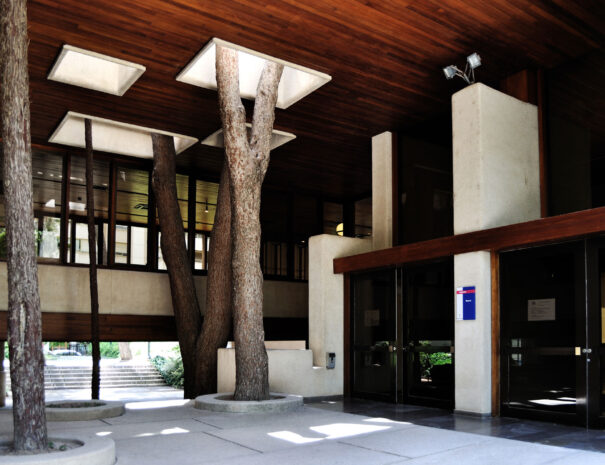
Museo de Albacete
This museum presents the archaeological, historical and cultural heritage of the province, making it a must-visit for understanding the region’s evolution within Castilla-La Mancha.
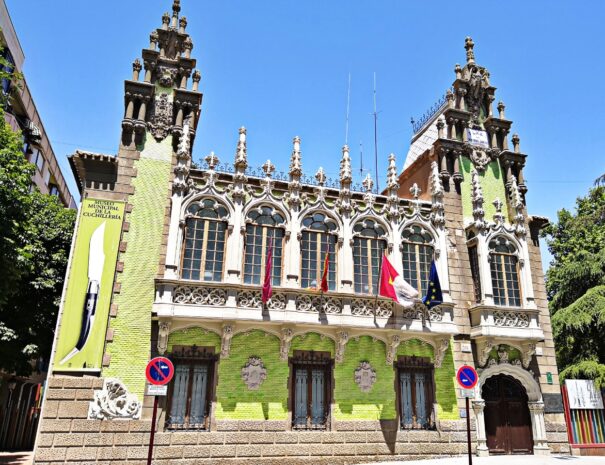
Museo de la Cuchillería
Spain’s first museum dedicated to cutlery. It joins counterparts in Solingen (Germany) and Thiers (France) under the “Declaración de Albacete”. Exhibits include international cutlery, craft workshops, scissors collections, temporary exhibitions, and a tribute to local artisans through APRECU competitions.
Parks and Gardens
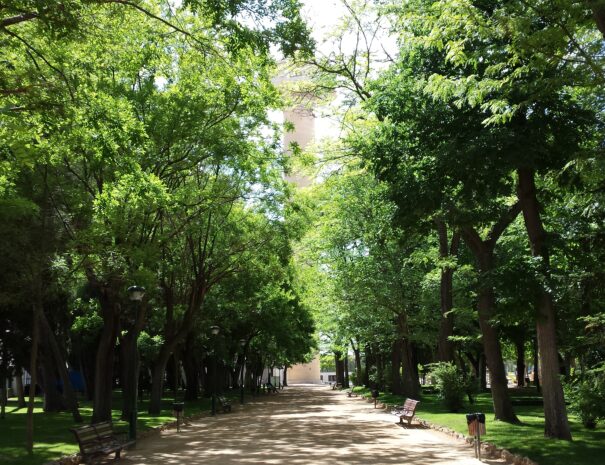
Parque de la Fiesta del Árbol
This park extends from the fairgrounds and is home to the 68-meter-tall Depósito del Agua, which is planned to become a public viewpoint and tourist center.
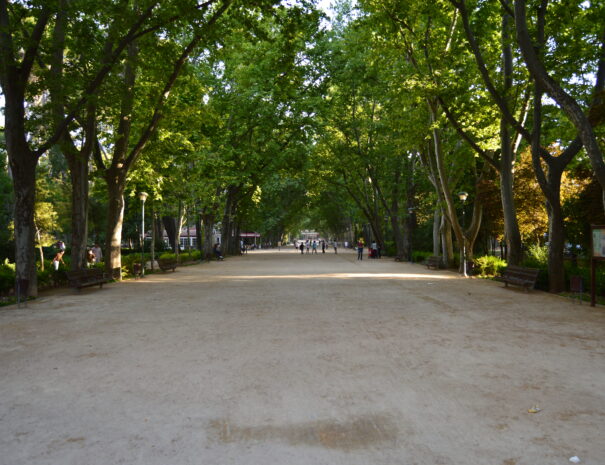
Parque Abelardo Sánchez
Known as “El Parque”, it’s the green lung of Albacete. Its 11 hectares include pine forests, playgrounds, squirrels and ducks — ideal for families. The Museo de Albacete is located within its grounds.
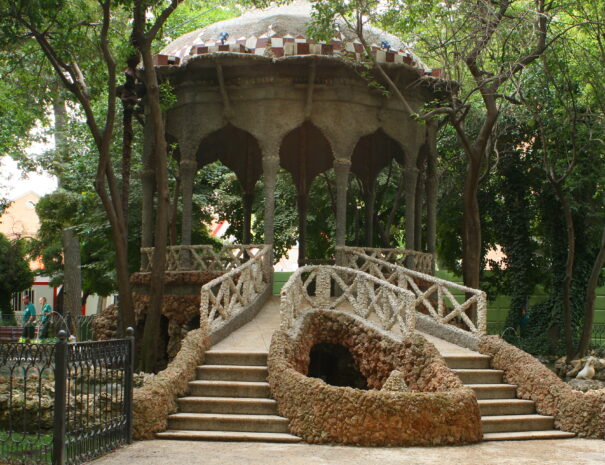
Parque de los Jardinillos
One of the city’s oldest parks, dating back to the 19th century. Its entrance recreates the historical iron gate of the Feria. Highlights include a pond with water lilies, a concert pavilion, and the Caseta de los Jardinillos, a key venue during the Albacete Fair.
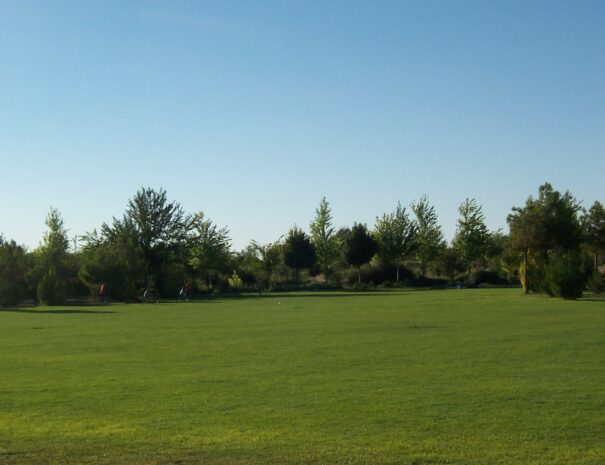
Parque de la Pulgosa
Located just outside the city, this 40-hectare pine forest is perfect for weekend outings. It offers multi-sport courts, a skating rink, a BMX track, and grassy fields for picnics and football.
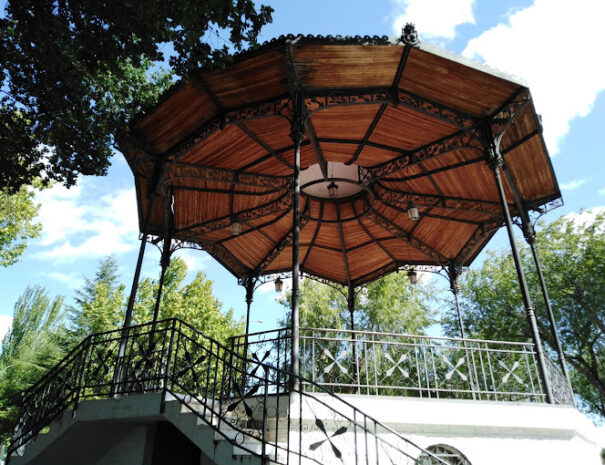
Parque Lineal
Once the route of the old railway line, this long park now stretches across Albacete with themed areas and historical references like the Puente de Madera traffic signal and a restored locomotive. It features a scale model of the Solar System, turning it into an open-air museum.
Theatres and Cultural Venues
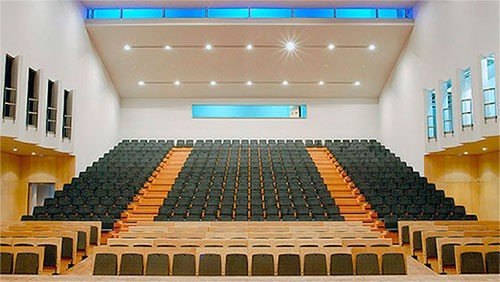
Auditorio Municipal
Located inside the Town Hall building, it hosts concerts, plays and art exhibitions.
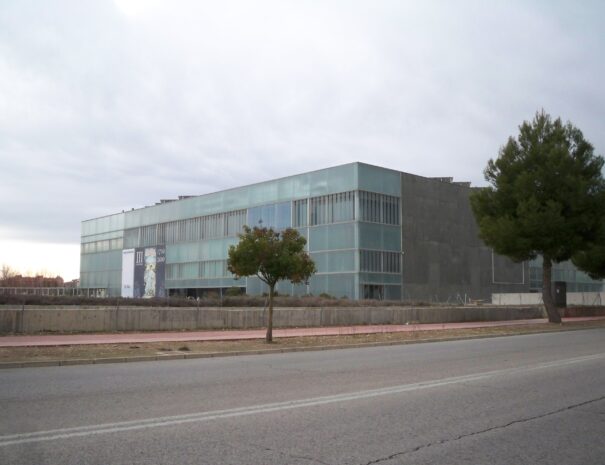
Palacio de Congresos
A modern glass complex in the Campollano district, designed by Frechilla & López-Peláez. It hosts conferences, trade fairs, concerts and exhibitions across 15,300 m².
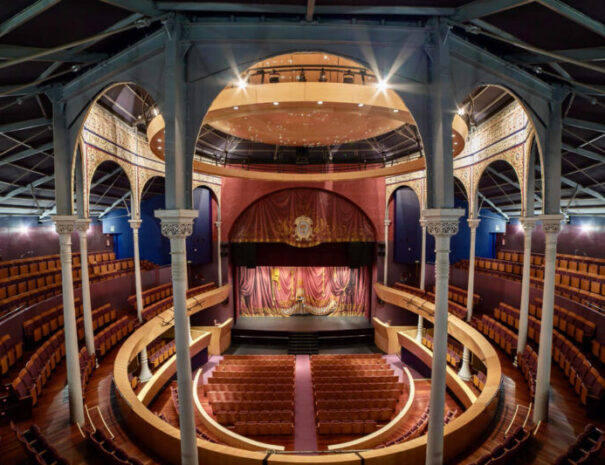
Teatro Circo
Declared a Bien de Interés Cultural, it’s the oldest operational circus-theatre in the world and the only one in Spain with a dual function. It hosts the annual Festival Internacional de Circo de Albacete, one of the world’s top circus events.
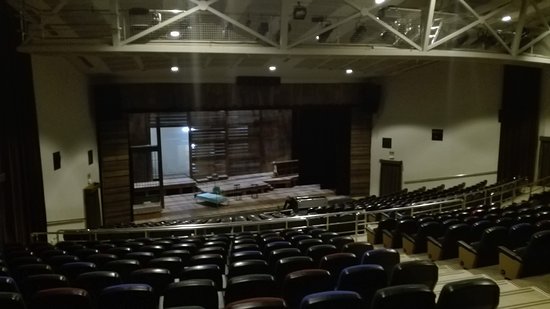
Teatro de la Paz
A multifunctional venue for theatre, music, dance, seminars, conferences and school performances. Capacity: 645 people.
Nearby Towns
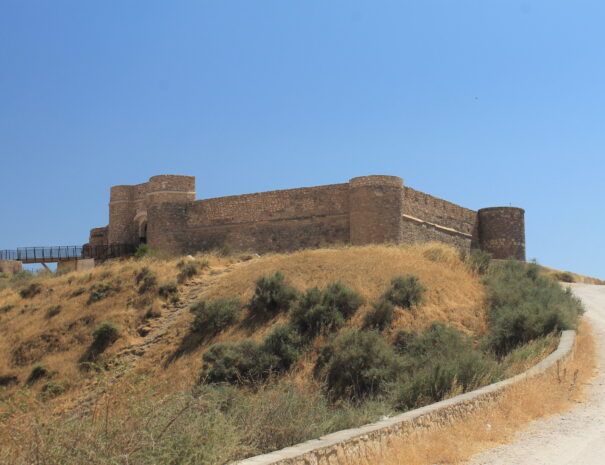
Chinchilla de Montearagón
A charming medieval town declared of Tourist Interest. Discover its castle, Arab baths, convents, Plaza de la Mancha, and the gothic Iglesia de Santa María del Salvador. The Museo de Cerámica showcases impressive local pottery.
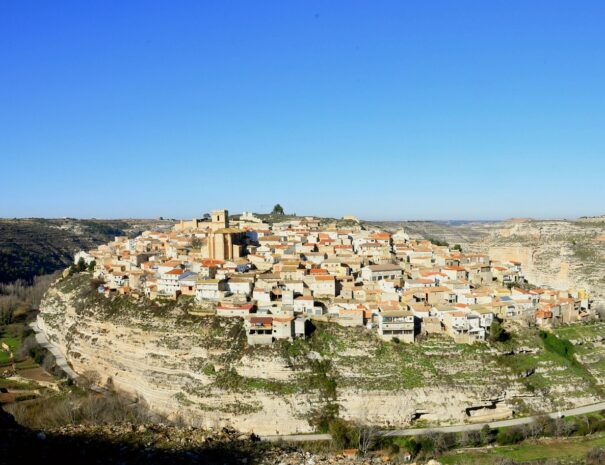
Jorquera
Explore its gothic-renaissance Iglesia de Santa María de la Asunción, featuring a 16th-century processional cross and medieval wall remains — including an Almohad fortification from the 12th century.
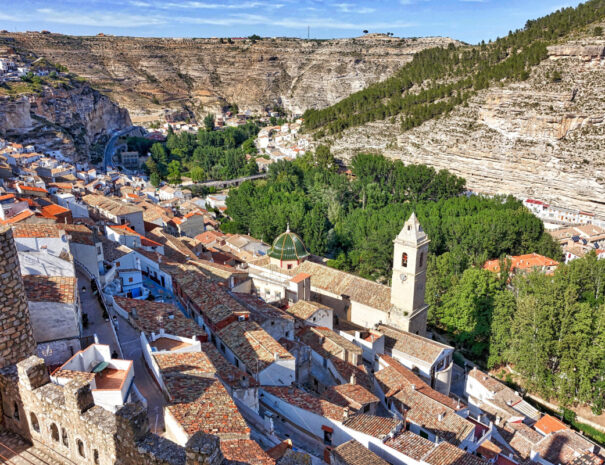
Alcalá del Júcar
A must-see gem. Visit the castle, the Roman Bridge (once a customs post), the Iglesia Parroquial, and the uniquely shaped Plaza de Toros built into the mountainside. Its dramatic scenery is unforgettable.
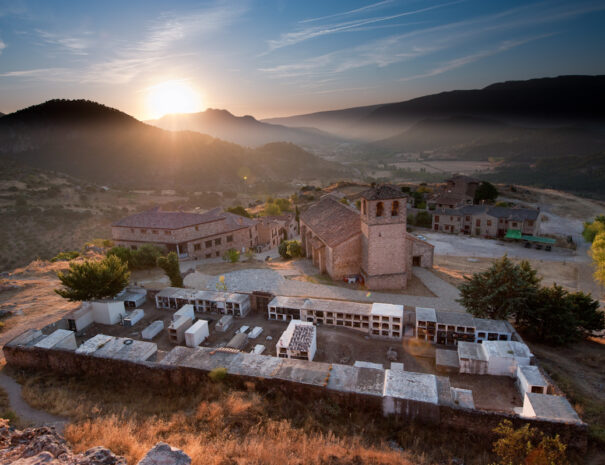
Riópar
Split between Riópar Viejo and modern Riópar, it’s one of the province’s most beautiful spots. Highlights include the Nacimiento del Río Mundo, Cueva de los Chorros, and the Museo de las Reales Fábricas de San Juan de Alcaraz, with Napoleonic-era machinery and renowned bronze crafts. Declared Bien de Interés Cultural.
